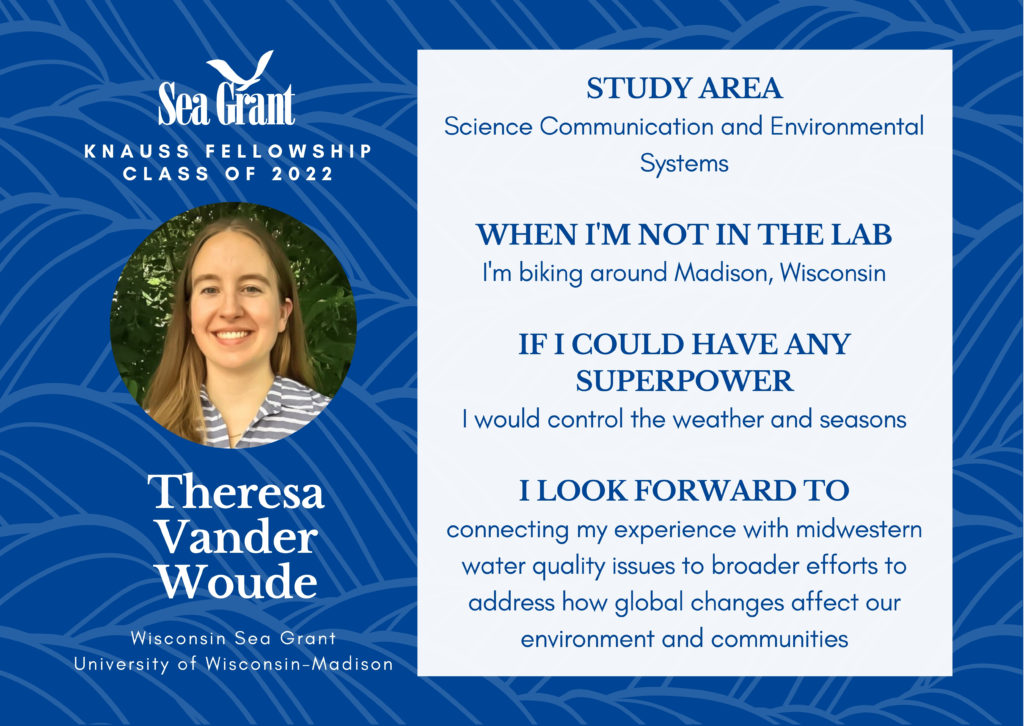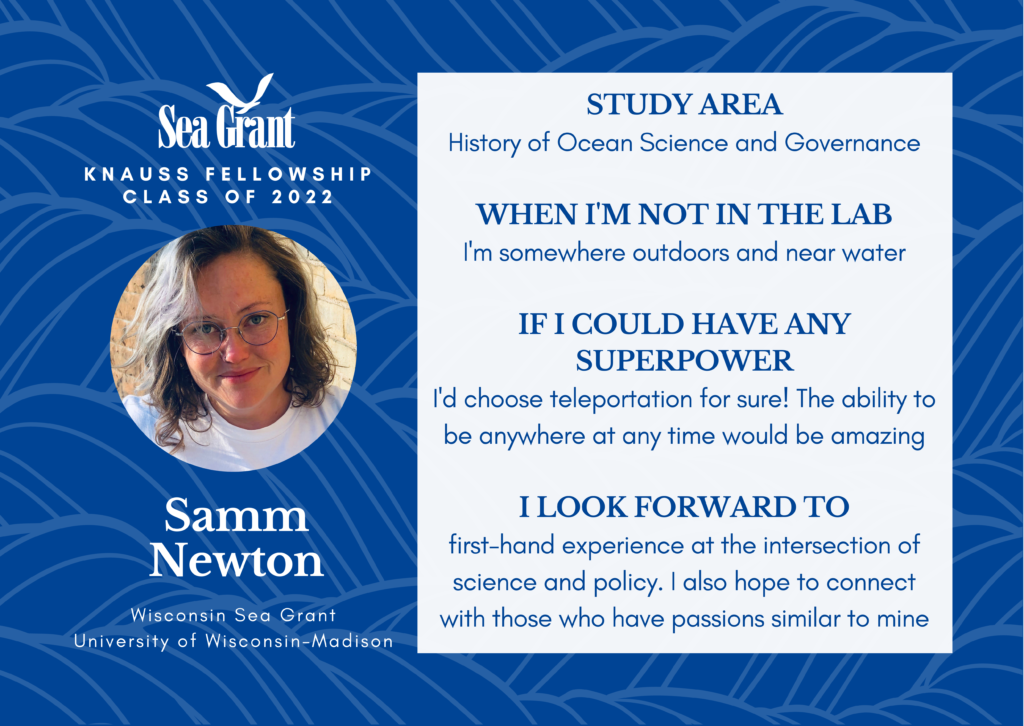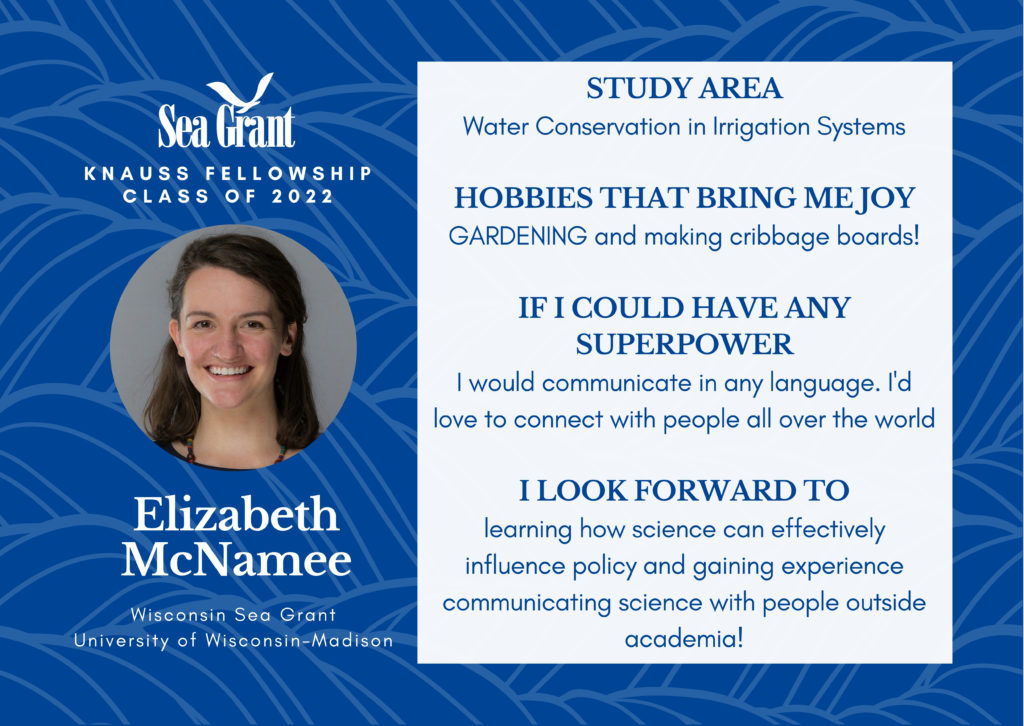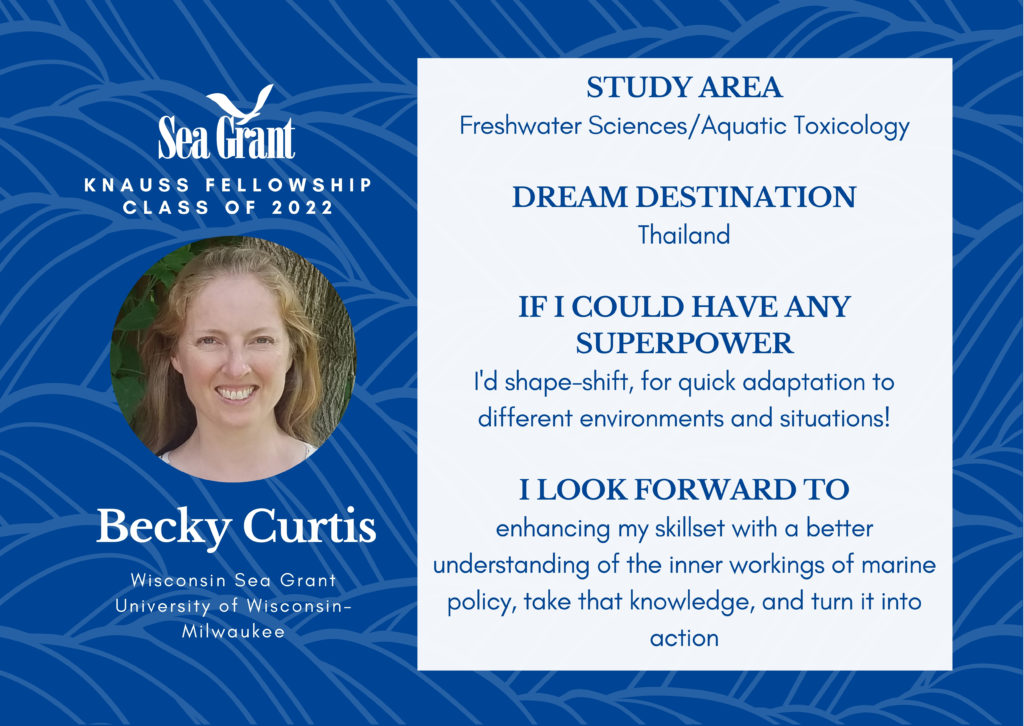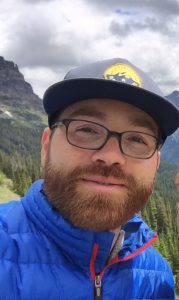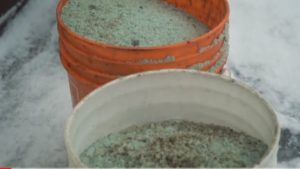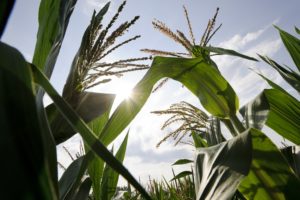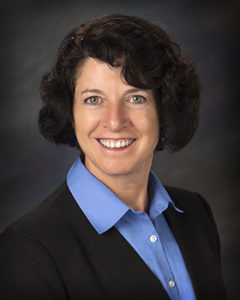Erika Jensen named executive director of the Great Lakes Commission
News
Erika Jensen named executive director of the Great Lakes Commission
Ann Arbor, Mich. – The Great Lakes Commission (GLC) announced today that it has named Erika Jensen to serve as its executive director. Jensen joined the GLC in 2006 and has served as interim executive director of the agency since August 2020. She will be the GLC’s first female executive director since it was established in 1955.
“The Great Lakes Commission is thrilled to name Erika Jensen as our next executive director,” said Chair Sharon M. Jackson, Deputy General Counsel for Governor Eric J. Holcomb of Indiana. “Under Erika’s steady leadership over the past year, the GLC has effectively navigated the coronavirus pandemic while seeing considerable success in achieving its policy and program priorities. Her longstanding commitment to the Great Lakes, strategic vision, and strong relationships in the region and on Capitol Hill make her the perfect person to lead the GLC into its next era.”
As executive director, Jensen will oversee the work of the GLC, a binational government agency established in 1955 to protect and promote the resiliency of the Great Lakes and the economies and ecosystems they support. The eight U.S. states and two Canadian provinces in the Great Lakes basin are represented on the GLC by a delegation of government-appointed commissioners.
“I’m honored to take on this role and grateful to our Board and Commissioners for entrusting me with the future of the Great Lakes Commission,” said Jensen. “I look forward to working with our member states and provinces to build on our past successes, solve challenging issues facing the basin, and ensure that the Great Lakes continue to support communities across the region now and into the future.”
In her previous role, Jensen oversaw the GLC’s aquatic invasive species prevention and control program and coordinated both the Great Lakes Panel on Aquatic Nuisance Species and the Invasive Mussel Collaborative. She joined the GLC as a Sea Grant Fellow and has a master’s degree in environmental management from Duke University and a bachelor’s degree from Michigan State University.
The Great Lakes Commission, led by chair Sharon M. Jackson, Deputy General Counsel for Governor Eric J. Holcomb of Indiana, is a binational government agency established in 1955 to protect the Great Lakes and the economies and ecosystems they support. Its membership includes leaders from the eight U.S. states and two Canadian provinces in the Great Lakes basin. The GLC recommends policies and practices to balance the use, development, and conservation of the water resources of the Great Lakes and brings the region together to work on issues that no single community, state, province, or nation can tackle alone. Learn more at www.glc.org.
Great Lakes Commission
https://www.glc.org/news/esj-072221


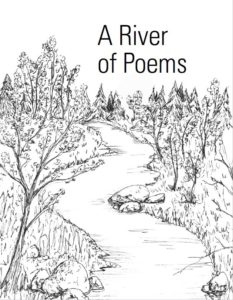 It’s a thin volume with a worldwide span. In 2020, we sent out a call for river poems for
It’s a thin volume with a worldwide span. In 2020, we sent out a call for river poems for 

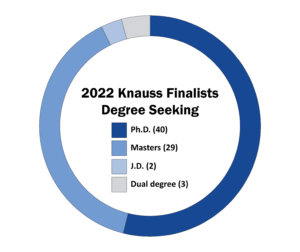 Knauss finalists are chosen through a competitive process that includes comprehensive review at both the state Sea Grant program and national levels. Students who are enrolled in or have recently completed master’s, Juris Doctor (J.D.), and Doctor of Philosophy (Ph.D.) programs with a focus and/or interest in marine and coastal science, policy or management apply to one of the 34 Sea Grant programs. If applicants are successful at the state program level, their applications are then reviewed by a national panel of experts.
Knauss finalists are chosen through a competitive process that includes comprehensive review at both the state Sea Grant program and national levels. Students who are enrolled in or have recently completed master’s, Juris Doctor (J.D.), and Doctor of Philosophy (Ph.D.) programs with a focus and/or interest in marine and coastal science, policy or management apply to one of the 34 Sea Grant programs. If applicants are successful at the state program level, their applications are then reviewed by a national panel of experts.